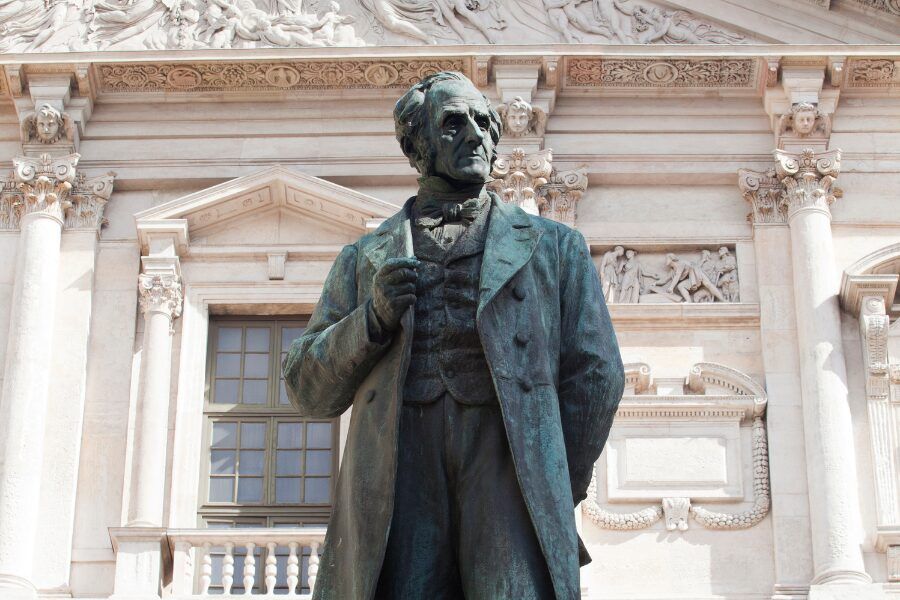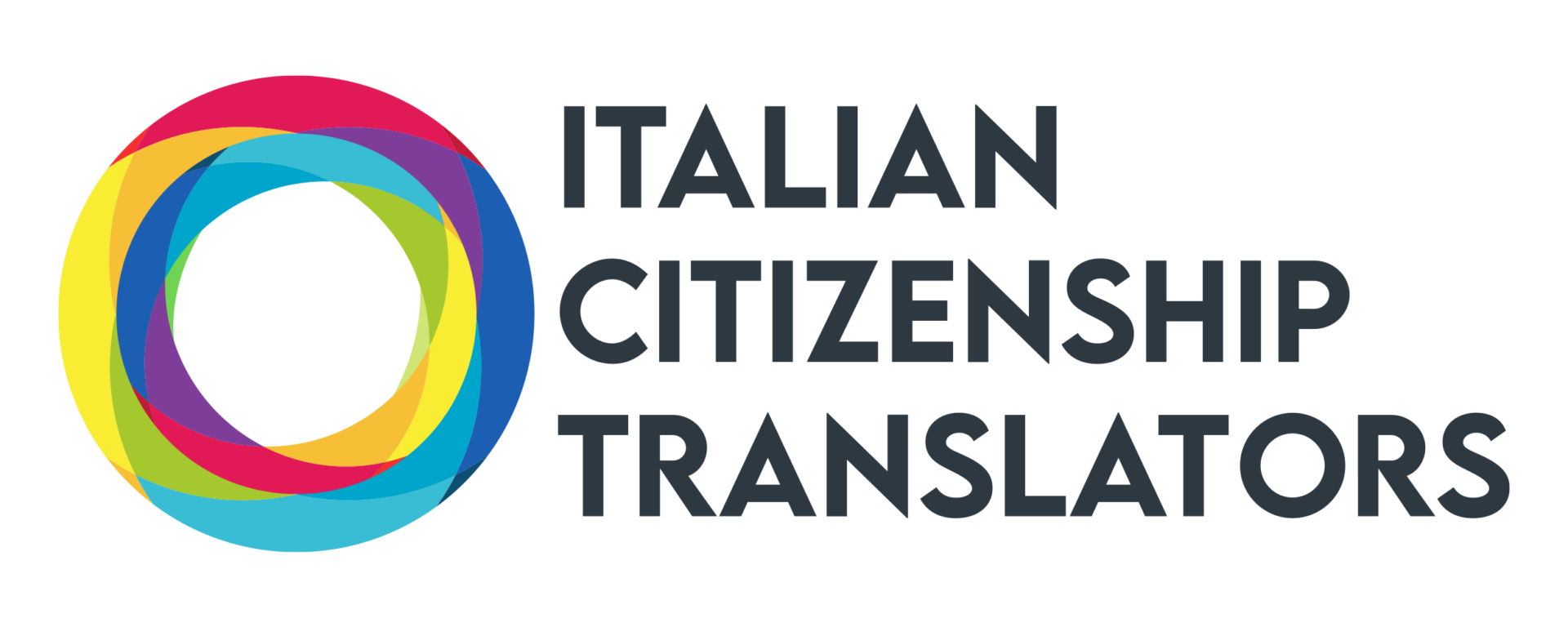
Linguistic History of the Italian Language
This exciting segment will explore the history of the Italian language, from its antiquity’s origins to its modern form. The Italian language is known worldwide as a romance language; as, in fact, it is! Deriving from Latin spoken at the time of the Roman Empire. The Italian language is known as an expressive language, its rich and melodic tones make it a language synonymous with beauty; lending itself so perfectly to all art forms that need to capture and convey beauty. Opera being the classic example!
Italian language: history and origins
Latin was the official language during the Roman Empire. However, coinciding with the decline of the Western Roman Empire between the third and the fifth centuries A.D., the spoken form diverged from the official language, but this was a slow process! It was not until the 10th century that written texts started documenting the Italian language.
The fall of the Western Roman Empire (476 A.D.) meant further deconstruction of the pre-existing linguistic tradition in Italy, and invaders, although they spoke little Latin, resulted in further changes in the language. The Langobards, who reigned over Northern Italy for two centuries, 568-774 b.C., for example, introduced such words as guancia, scherzare, schiena and ricco (cheek, joke, back, rich) that are still used in the Italian language today.
The 13th century significantly shaped the Italian language, and even with the collapse of the Western Roman Empire in Italy, Latin continued to be the language employed for written communication, for literature, and in an official capacity.
Vulgar Latin
Vulgar Latin was the term applied to the “common” language people of specific regions spoke, and what we today refer to as dialect. Vulgar Latin was first recorded in documents. The Placiti Cassinesi (verdicts) in the province Frosinone in 960 B.C. is one such text that is regarded as one of the first. With its etymology being Latin, the texts were written in the Roman alphabet. Vulgar Italian was also cited in literature around 1200. Cantico delle Creature by Saint Francis of Assisi was written in Umbrian Vulgar in 1224.
At this time, k was used as an alternative to c, gn was written as differently (bagno– bath). The conjunction et and Latin h were still used (honore). And, in respect of articles, lo was prominent (lo frate).
During this period, Eastern influence was prevalent. The Arabs, who traded food with the maritime cities and remained a permanent fixture in Sicily from 827 until 1091, meant an influx of Eastern words that became integrated in the spoken language, many of these words are still used today (arancia, carciofo, zafferano – orange, artichoke, saffron).
In the 14th century, Vulgar Italian became more common and integrated in the Italian language tradition. Tuscan and Sicilian Vulgar Italian were the most widespread, however it was Florentine Tuscan that dominated because writers such as Dante and Petrarca, who hailed from the region, published many works in their Florentine Tuscan dialect. Dante Alighieri’s La Divina Commedia (The Divine Comedy) in 1320 being one of the most famous.
In the 15th century there was a re-emergence of Latin. Humanists, the scholars of that era, reignited an interest in Latin, which they held to be the only language esteemable enough for the literature of the day.
In 1470, the invention of printing in Italy resulted in more books being produced, which meant more efforts to apply standardized forms and rules to the written text. Prior to this, punctuation was sparse and the apostrophe non-existent!
In the 16th century, there was deliberation as to how Vulgar Latin should be used. Some argued for the Florentine Tuscan traditions, as expounded by the great writers of 14th century Italian literature such as Dante and Petrarca, while others advocated that the Italian language should a combination of the most commonly used words of dialects.
In this era, syntax and structure was made more lucid with the introduction of the apostrophe, and punctuation in general became a more permanent fixture.
The onset of the 17th century saw a transfiguration of the Italian language. In 1612 the Accademia della Crusca published the first edition of an official dictionary, which was based on the language used by the Florentine writers of the 14th century. Words from everyday life, as well as regional and foreign words were used alongside technical jargon. Additionally, words were joined with prefixes and suffixes (-issimo, –one, …) and integrated into the mainstream language. Furthermore, technical words deriving from Latin and used in science, such as iniezione and scheletro, (injection and skeleton) as well as legal words, such as consulente (counselor) were seen for the first time.
In the 18th century, Italian language was impacted and shaped by French Enlightenment philosophers, who were focused on content rather than form, and which resulted in many Gallic words appearing in the language. Some practical examples were that whereas before the article, il, always preceded z, lo and gli came before s proceeded by a consonant. Such changes helped standardize the language, which previously had many different forms.
It was with the onset of the 19th century that classicists and romantics collided over language style. Classicists did not approve of Gallicisms and wanted to revert to the traditional language in the purist style of the classical authors, which they deemed as more refined. In contrast, the romantics wanted to have a modern and original language, one that reflected and captured the varied national identity.
The bourgeoisie gave gravitas to the romantic argument, and doctors, teachers and militaries advocated for a language that could be used instead of dialect, both in work and in conversation. Poetry thrived in this style, I Promessi Sposi in 1840 by Alessandro Manzoni used the Florentine dialect spoken by the bourgeoisie class of Florence. And it was in the text that the use of pronouns, lui and lei, instead of egli/ei and ella was first seen.
In 1861, with the unification of Italy, the Tuscan dialect was made the official language of Italy. And the advent of mandatory schooling in 1877 gave more concrete structure the language form that was taught nationally. With that said, towards the end of the 19th century most of the nation still only spoke in dialect and were illiterate.
In the modern era, the early part of the 20th century saw an increase in national literacy levels, and journalism, radio and television also shaped and influenced the language.
The First World War was a catalyst for a fixed reference point of a unified Italian language. Soldiers who came from all regions needed a common language by which to communicate. The Italian Constitution of 1948 granted the right to education to all Italians, which again drove up literacy rates and substantiated the standard Italian form.
In recent times, there has been an influx of anglicisms, in particular in the fields of science and economics: computer, jeep, self-service, supermarket, weekend, all finding their way into the general fabric of every day Italian vocabulary.
What is fascinating, however, is that Italian was not made the official language of Italy until 2007! This illustrates just how contested the issue of language still is. On average, 50% of Italians still speak in the dialect unique to their region, which shows Italians value heritage of their local tradition. With that said, the Italian language, with its rich tapestry and fascinating history, unites Italians, and continues to be a language of romance and beauty that many long to learn.
Conclusion
This segment has explored the wonderful evolution of the Italian language, as well as touched upon the complexity of language. In our field, qualified translation experts, who are native in the Italian language, are essential and responsible for making the translations that are required for an Italian citizenship application.
If you would like more information about the translation services we offer, please contact us directly and one of our friendly experts will be in touch to answer your queries.
